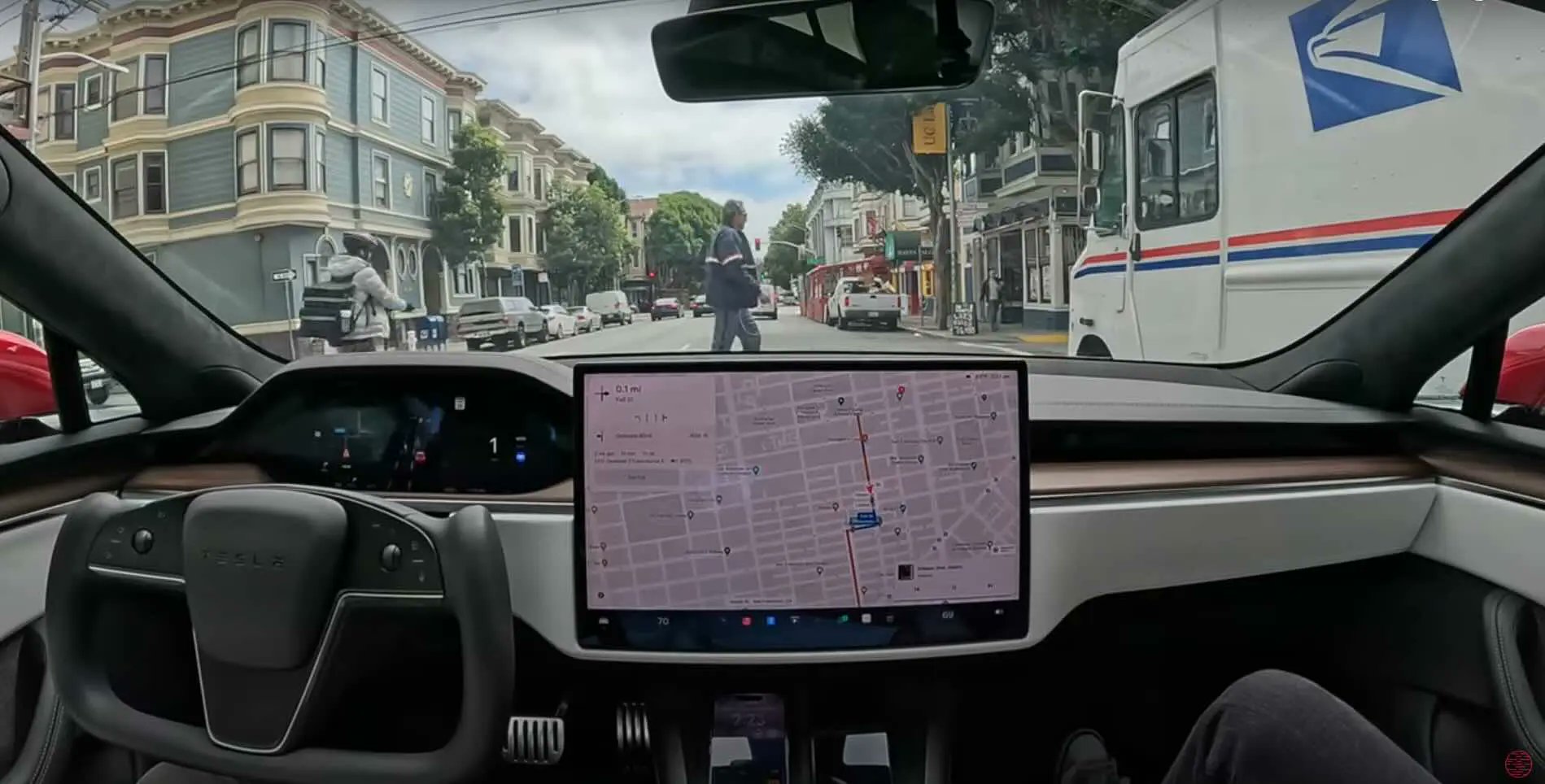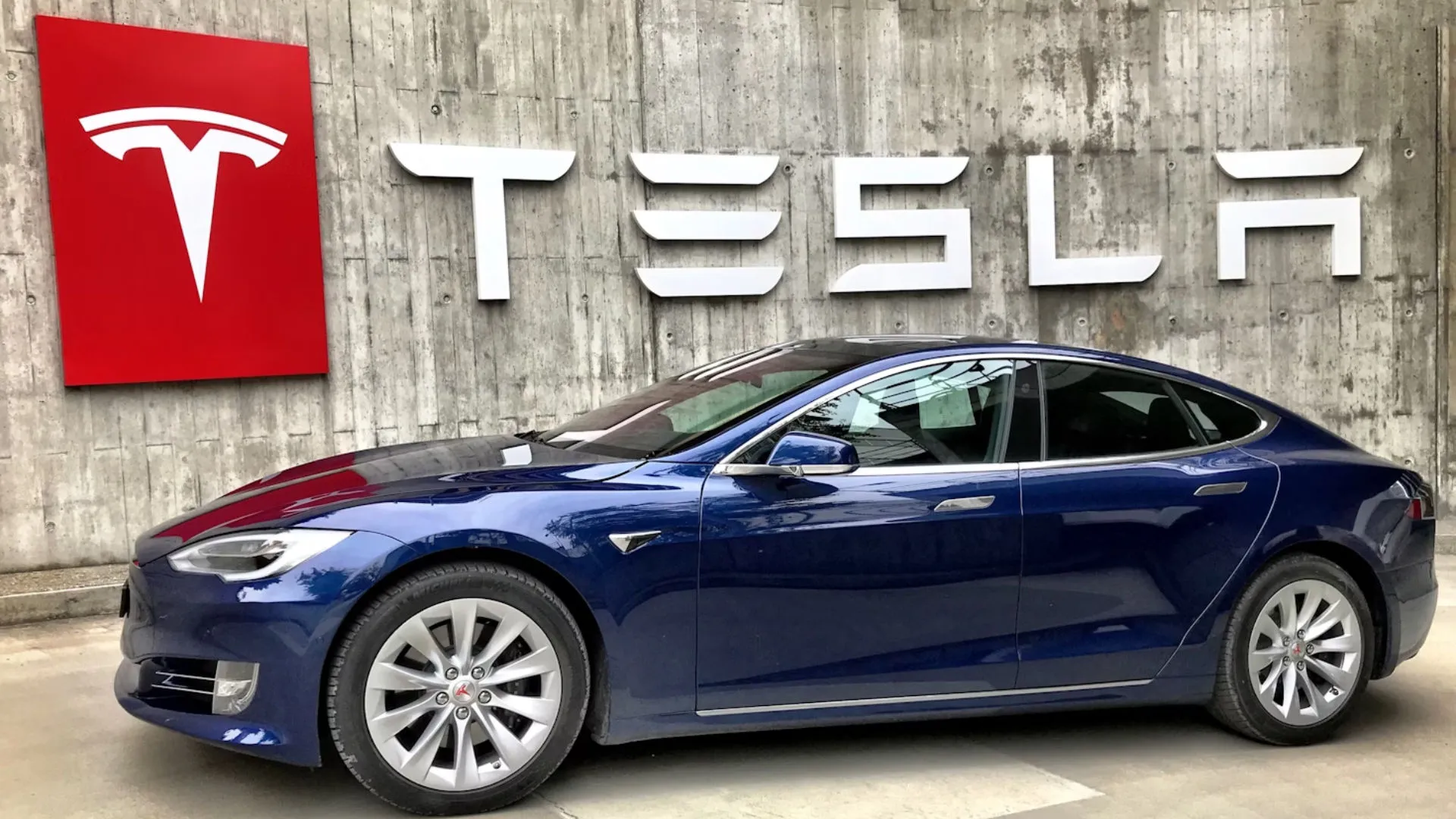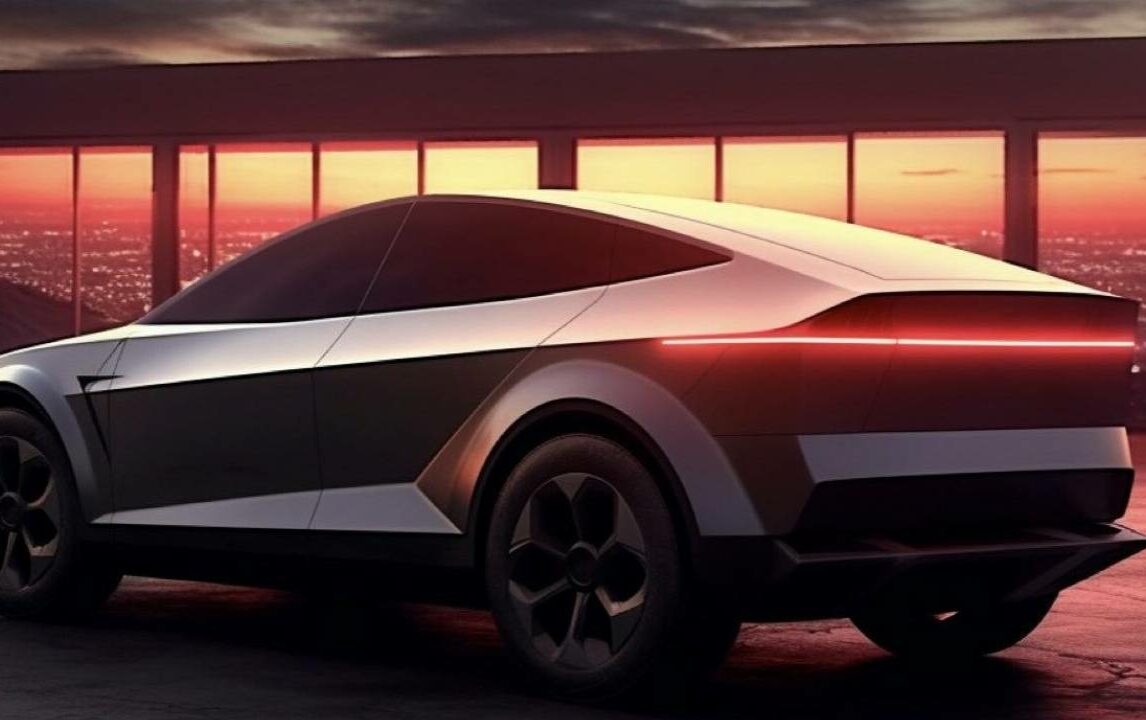Tesla, the renowned electric vehicle manufacturer, is steering towards an ambitious new horizon as it prepares to launch its first autonomous robotaxi. In a recent announcement, Tesla CEO Elon Musk revealed that the company will unveil its pioneering robotaxi on August 8. This disclosure comes at a time when Tesla faces its first year-over-year sales decline since 2020, prompting a strategic pivot towards the burgeoning field of autonomous driving technologies.

A Bold Step in a Competitive Market
Elon Musk, who is also the owner of the social media platform X and its most-followed figure, shared this significant update with his staggering 180 million followers. Despite the scheduled unveiling in August, Tesla has indicated that deliveries will not commence immediately, mirroring the timeline of the Cybertruck, which saw years elapse between its introduction and the start of deliveries.
Tesla’s entry into the robotaxi market places it in direct competition with established players like Waymo, initially a part of Google’s self-driving car project, and Cruise, a subsidiary of General Motors. Both competitors have already introduced their autonomous vehicles to the public, setting a high benchmark in this innovative sector.

Realigning Tesla’s Strategy
The move to focus on autonomous taxis comes as Tesla shifts away from plans to introduce a $25,000 entry-level electric vehicle, a strategy change first reported by Reuters and later contested by Musk himself. The strategic realignment underscores Tesla’s commitment to leading the charge in autonomous vehicle technology, a field that promises to redefine urban mobility but also presents complex regulatory and safety challenges.
Tesla is Robotaxi Ready. pic.twitter.com/bo9LOhgHGe
— Farzad (@farzyness) April 11, 2024
Challenges and Concerns in the Autonomous Vehicle Arena
The road to launching a successful robotaxi service is fraught with technological and regulatory hurdles. Recent incidents involving autonomous vehicles from other companies, such as a Cruise Robotaxi accident in October and a collision involving a Waymo vehicle and a cyclist in San Francisco, have intensified scrutiny on the safety of these vehicles. These events have raised valid concerns from safety advocates like Cathy Chase, president of Advocates for Highway and Auto Safety, who emphasized the dangers of rushing these vehicles to market without adequate safety measures.

What Lies Ahead for Tesla and Its Robotaxi?
As Tesla gears up to introduce its robotaxi, the industry and potential consumers will be keenly watching how the company addresses these safety concerns amidst the competitive pressure. The company’s ability to navigate these challenges will be crucial in determining its position in the robotaxi market and its overall impact on the future of autonomous transportation.
The anticipation surrounding the Tesla robotaxi unveiling reflects a broader curiosity about the evolution of autonomous vehicles. As companies like Tesla push forward with innovations, the implications for urban travel, safety, and vehicle ownership continue to unfold, marking a transformative period in the automotive industry.










